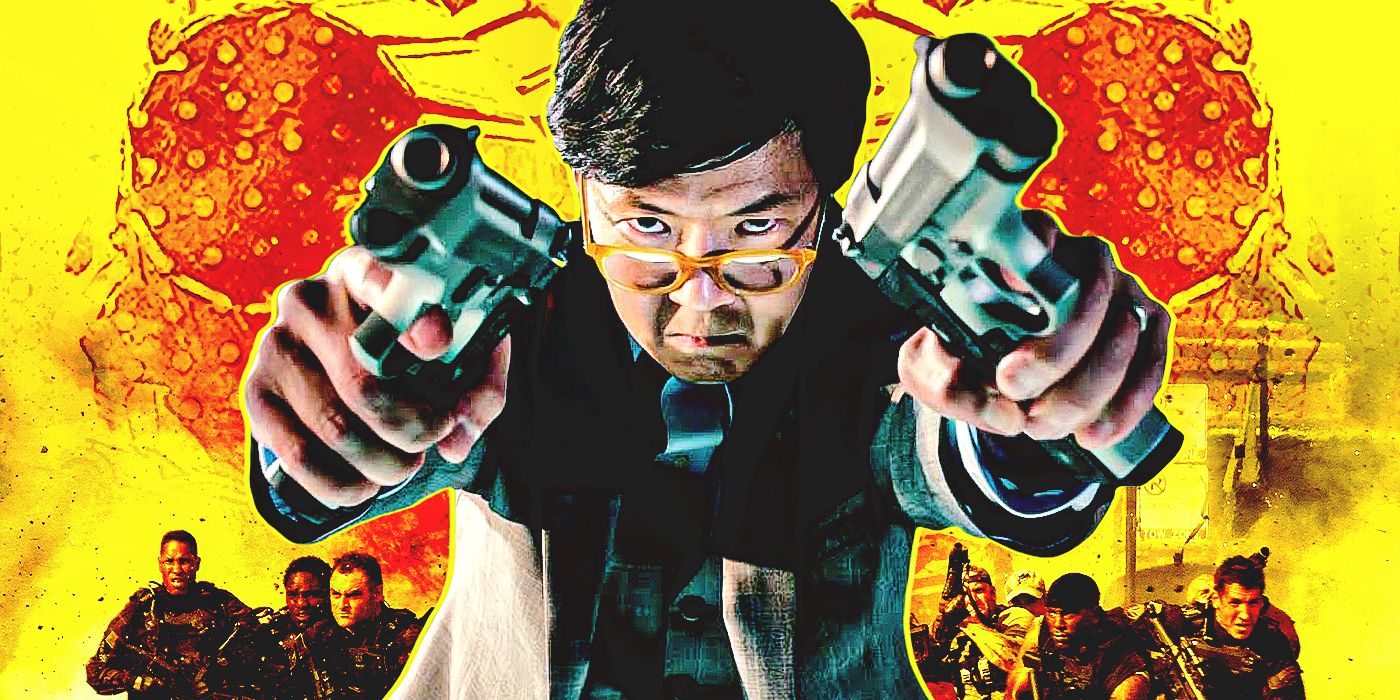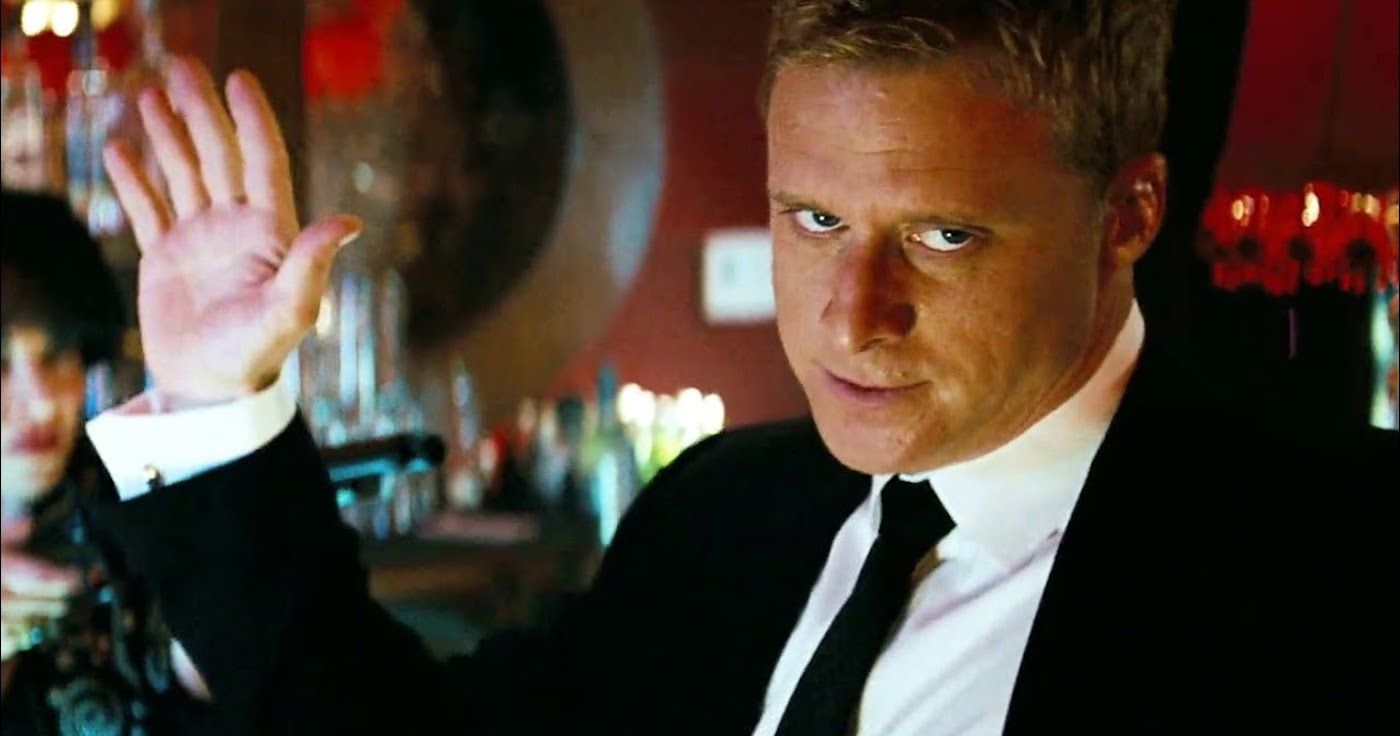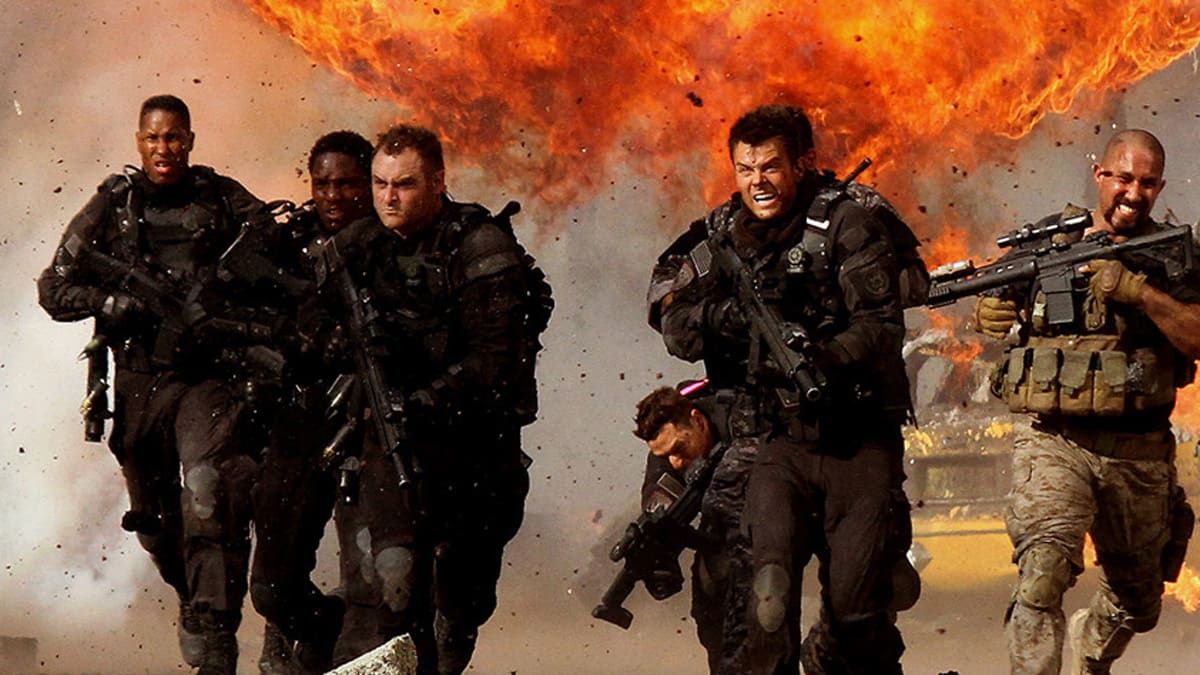Michael Bay’s Transformers franchise is often regarded by film fans as the pinnacle of everything wrong with the industry today. While there have been many popular franchises that sustained frequent criticism for their declining quality, few have entertained the level of box office success that the Transformers films received. Despite reviews that seemed to get worse with each new installment, Bay did not change his style in the least. There’s a somewhat bitter irony in the fact that Bumblebee, the only live-action film in the franchise not directed by Bay that has been released so far, received both the best reviews and the worst box office sum.
While Bay has been accused of making the same film over and over again, each of the five Transformers films that he directed has very distinct qualities and flaws. Despite its imperfections, the first 2007 Transformers film is a relatively successful “boy and his dog” style adventure with some genuinely impressive action sequences. Its sequel, 2009’s Transformers: Revenge of the Fallen, suffered from a rushed production timeline and the fact that it was released amidst the writer’s strike. By the time Bay reached Transformers: Age of Extinction and Transformers: The Last Knight, the films had gotten so lazy that there were glaring continuity errors and incomplete visual effects.
2011’s Transformers: Dark of the Moon remains an oddity in the series. There was a sense of conclusiveness with the end of Bay’s initial trilogy, but nothing about the film is hopeful or uplifting. Anyone that complained about the massive citywide destruction in Man of Steel would be horrified to see what Bay gets away with in Dark of the Moon’s final set piece. What’s odd is that this cynicism is intentional; Bay somehow turned a blockbuster sequel to a film based on a toy line into a grim social satire about the failings of corporate America and consumerism. Frankly, it’s a fascinatingly self-reflective film for a director that so often celebrates patriotism.
Michael Bay As A Satirist
Despite what his critics might claim, Bay is more self-aware than he’s given credit for. Even a film as haplessly sincere as Armageddon sort of acknowledges its lack of internal logic, and Bay even proved with 2013’s Pain & Gain that he could make a satirical dark comedy about the dullness of aggressively masculine fitness enthusiasts. Transformers: Dark of the Moon isn’t played as sincerely as the first two installments; in the two hours before the actual invasion of Earth by the Decepticons starts, Bay explores all the ways that humanity has failed to prepare for the potentially cataclysmic event.
Unsurprisingly, the American public has turned a blind eye to the events of the first two films in a way that seems oddly predictive of the widespread ignorance of basic science in the last few years. With the potential of a new worldwide attack, the most powerful people in the world are only looking to profit. John Turturro’s character Seymour Simmons has leveled his experiences to land a promising writing career, and even Bill O’Reilly has a hot take on the Transformers. Dylan Gould (Patrick Dempsey) has even decided to sell out humanity in order to make a secret pact with the Decepticons.
It’s a bizarre and nihilistic story that reflects on the people that will actually suffer for governmental ignorance. Despite his heroism in the last two films, Sam Witwicky (Shia Labeouf) is forced to work a grueling day job under his idiosyncratic boss, Bruce Brazos, played by John Malkovich in a performance that feels like it was taken out of a Terry Gilliam film. You even get a look at the web of conspiracy theorists that begin to actually have an impact on public discourse thanks to Sam’s crazed co-worker, Jerry Wang (Ken Jeong) and his obsession with the Apollo 11 mission.
Military and Action
If there’s one consistency throughout Bay’s filmography, it’s his respect for the armed services; despite their failings as films, both Pearl Harbor and 13 Hours: The Secret Soldiers of Benghazi show a deep affinity for those that laid down their lives for their country. This might be a barrier for some viewers that find Bay’s politics objectionable, but he shows in Dark of the Moon that his affinity is for people, not the military-industrial complex that they serve. We see this through the military’s ignorance of the enduring problem and their distrust of Optimus Prime (Peter Cullen) and the other Autobots, despite their past heroism.
Similar to Sam, Optimus may have been literally resurrected in the last film in order to save humanity, but that doesn’t mean that he’s getting a hero’s welcome. It may seem bizarre to interpret the Autobots’ arrival on Earth as an “immigrant story,” but it’s hardly the weirdest thing about Dark of the Moon. We see the levels that the government has gone through during Sam’s conversations with the Director of National Intelligence, Charlotte Mearing (Frances McDormand), who has gone to great lengths to cover up the Pillars discovered on the moon.
Both Colonel William Lennox (Josh Duhamel) and Chief Master Sergeant Robert Epps (Tyrese Gibson) return, and once again they’re forced to put their lives on the line for a half-conceived scheme to save Chicago from annihilation. Bay does not shy away from the realities of mass-scale urban terrorism; there are even shots of tattered bodies and skulls that are left in the dust, and we even see blood coming from some of the slain Transformers. Bay’s casual cruelty towards the characters reflects how within these traumatic situations, lives are lost without any moment to grieve.
The Final Act
One of the biggest flaws in Revenge of the Fallen was the incomprehensible action sequences. Between the strange editing choices and continuity errors, it was nearly impossible to distinguish the Transformers. Thankfully, Bay had decided to shoot Dark of the Moon in 3D, and as a result the action scenes include more wide and establishing shots that show the characters in motion. It makes the final destructive sequence even more disturbing to see it so vividly realized.
Although Dark of the Moon was seemingly marketed as the conclusion of a three-part arc, there’s not really any changes to the status quo at the end. The characters simply sit beneath the piles of destruction, and the Autobots temporarily stay on Earth, their confidence in humanity shaken. Optimus Prime’s last monologue feels like an empty speech given to cast optimism on a terrible situation; we know that they will be on the run again soon, and that Megatron is bound to return.
Dark of the Moon doesn’t necessarily deserve affection, but it's unquestionably an interesting test of the audience’s litmus test on how much of Bay’s cynicism they could stomach. It seems like Dark of the Moon’s satirical elements were widely ignored, because it grossed over $1 billion worldwide, landing second behind Harry Potter and the Deathly Hallows- Part 2 at the 2011 worldwide box office. Perhaps that says more about the audience than we’re willing to admit.




